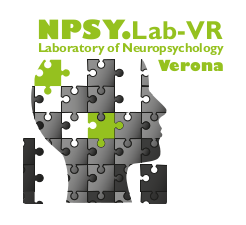This poster was presentated at the CAOs 2014 conference, held Rovereto (TN), Italy, 8th – 11th of May.
Authors:
Scandola M., Brunell G., Avesani R., Bonente C., Aglioti S.M., Moro V.
Abstract:
Cross-modal congruency paradigms (CMCP) are widely used to explore the boundary of peripersonal space (PPS, e.g. the spatial portion directly reachable without moving the body). PPS is enlarged by the habitual, active use of tools. Spinal Cord Injuries (SCI) lead to a body-brain disconnection by interrupting below-lesion level afference and efference. SCI subjects live most of their life using wheelchairs but no objective indices of PPS expansion following this practice has been provided. We attempted to provide such indices by using a modified version of the CMCP. Two tactile stimuli were delivered on thumb or index (hand shaped in grasp position), and visual distracter stimuli on a platform placed on the floor, reachable by feet. Participants reported the position of the tactile stimuli (high = index, low = thumb) regardless the visual distracters. The performance of 18 paraplegics was compared with 18 age- and education-matched healthy subjects in three conditions defined by the position of the visual distracters: i) near the real feet; ii) near two fake feet; iii) on the empty platform. Reaction times were collected and compared with subjective responses to a questionnaire measuring the embodiment. While the control group shows the congruency effect only in the real feet condition, SCI show no crossmodal interference. Moreover, no indices of self-reported embodiment of the fake feet were revealed. The results suggest changes of PPS representation in SCI people. The habitual use of wheelchairs does not seem to preserve the PPS around the feet.
